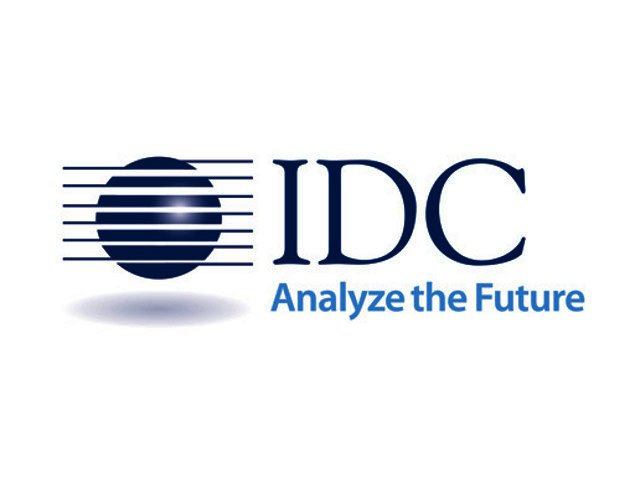According to International Data Corporation (IDC), 66% of CEOs will have digital transformation at the heart of their corporate strategy. That said, 70% of siloed digital transformation initiatives will fail by 2018 due to insufficient collaboration, integration, sourcing or project management and security initiatives are no different. This means that if organisations are to implement successful security strategies, they will have to ensure that these initiatives are at the core of the overall digital transformation of the company.
Research released at the recent 2016 IDC IT Security Roadshow showed that CIOs put cyber security and privacy technologies at the top of the list of technology priorities to support digital transformation. 85 percent of South African organisations surveyed also stated that they have plans to implement advanced security solutions by 2017.
Trending threats
Says Ido Naor, Senior Researcher in the Global Research and Analysis team at Kaspersky Lab: “Ransomware attacks are definitely on the increase and this is something that Kaspersky Lab anticipated two to three years ago already. Couple this with new ransomware variants that keep multiplying themselves and the fact that attacks are not being limited to specific industries or necessarily have mitigation and you have a major battle on your hands.”
“We are also seeing growth in mainly Android malware, particularly when large events take place such as the Olympics in Rio and the Euro Cup, during which users are more likely to download apps to keep abreast with the latest news about the events.”
When the attacker becomes the target
Targeted attacks by organised groups also continue to evolve. Continues Naor: “A year ago at the Kaspersky Security Analyst summit, we revealed a very sophisticated group, which uses targeted attacks against governments, military, telecoms, aerospace and more, called Equation, operating since 2001. Subsequent to that, a group that calls itself The Shadow Brokers announced that they had stolen malware code from the Equation Group, which led to the release of the tools and script they use and vulnerabilities they had discovered and kept in order to use again as part of their attack.”
So how do you protect yourself?
Awareness is still the most traditional, yet effective method of protecting an organisation. Adds Naor: “Ensure that every employee in the company is aware of the existence of malware in general and educate them about the growing danger of ransomware and what some of the scenarios are to look out for. Basically, it is about teaching users or employees not to open suspicious emails or click on links they are not familiar with or which are not intended specifically for them. Also teach them not to use their corporate email when registering for services online. In addition, IT and security managers should apply security procedures that restricts malware from spreading from one machine to the other, by enforcing user group policies and segmented networks within the corporate LAN.”
While awareness certainly has an important role to play, organisations of all sizes also have to invest in security solutions to protect themselves. “You need to ensure that every entry and exit point for your organisation is secure. This includes protection at the endpoint and on the server side. It is also important to monitor encryption attacks through components such as a system watcher, which will enable you to revert back to the place where the station is not compromised.”
But what about the general consumer?
The proliferation of mobile devices on the African continent and an increase in Android malware means that individuals can also be at risk. Firstly, mobile users should make sure their device is updated at all times and they are using the latest version of their operating system on their phone. Secondly, they should be aware of what types of applications they are downloading and ensure they only download apps from credible sources such as their relevant app store and not from links that are being distributed via email or on social networks.
“I would recommend watching what you download. As mentioned earlier, big events often rely on apps to disseminate information to visitors, which creates an opportunity for attackers. So, if you are going to download an event-specific app or a trending game like Pokémon GO, make sure you have downloaded the right app from a reputable, valid source and that you are not downloading something that looks similar.”
Nowadays one cannot even rely on reviews to determine authenticity as these apps will often have good reviews, because the hackers know how to buy reviews or get reviews from compromised victims.
Where to from here and beyond?
“I believe that every cycle of an emerging attack trend or cycle of threats takes time to eliminate. We do find that in some regions, cyber security is taken more seriously. It also depends on the industry affected, as we find that the telecommunications, military and government sectors take these breaches far more seriously than for example retail. On a general note, we know that cyber threats are around and that they are going to get more severe, but there are security companies out there that are doing all they can to protect users. Collaboration will be key in fighting the scourge, though. So, for example, when Facebook faced a malware issue, we worked with them to create a plug-in to clean your machine if you were infected. Our best arsenal in the fight against cyber attacks will be collaboration, constant research and continuously retracing the attackers to make sure fewer people will fall victim to these attacks.” concludes Naor.





